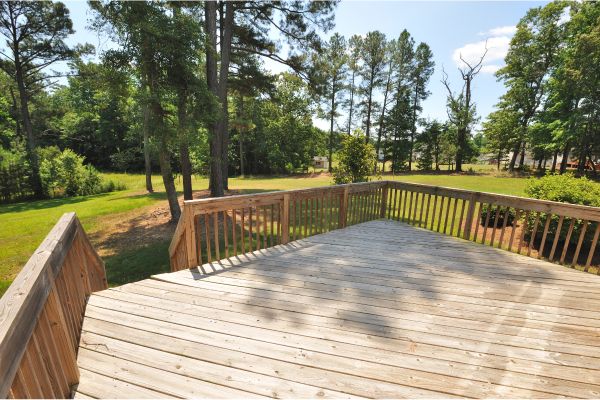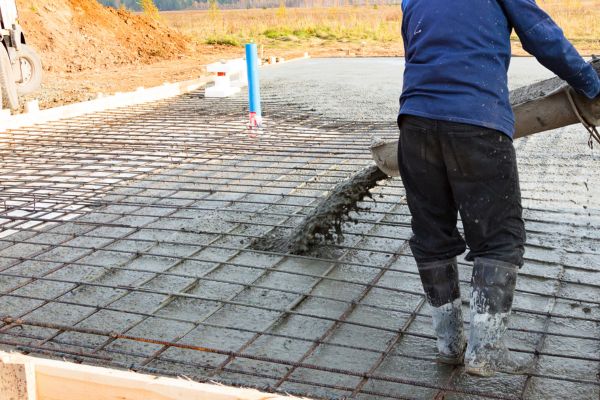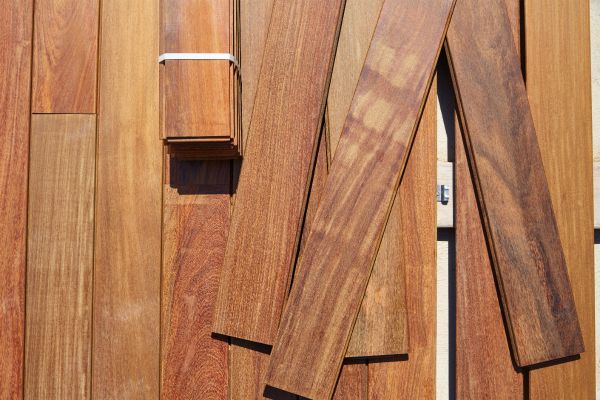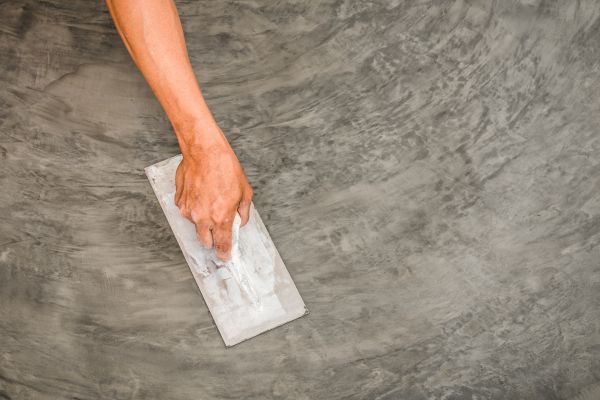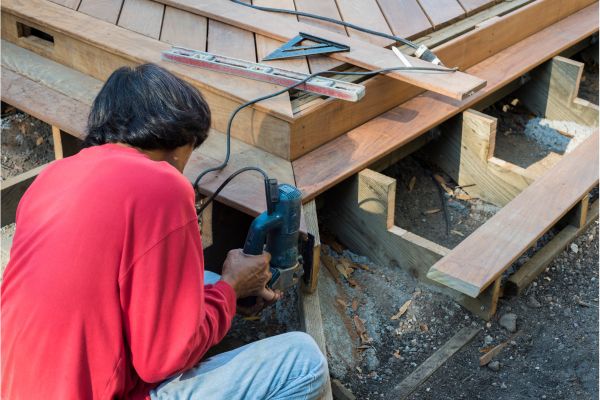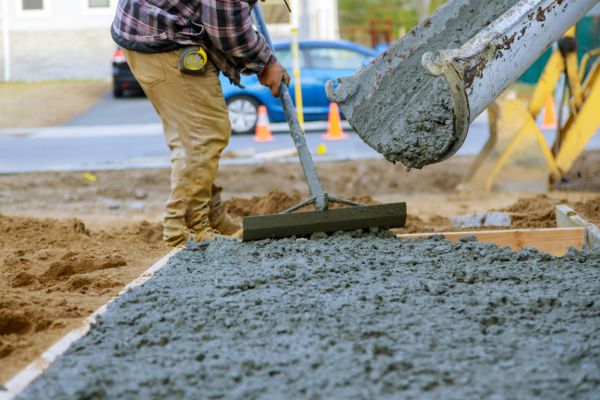When it comes to enhancing the beauty and functionality of your home, few additions rival the allure of a well-crafted deck. A thoughtfully designed and expertly constructed deck can transform your outdoor space into a haven of relaxation and entertainment. However, achieving a successful deck construction requires more than just a few pieces of lumber and some nails. In this article, we will delve into the secrets of successful deck construction, revealing proven methods and best practices that will ensure your deck stands the test of time and becomes a true asset to your property.
1. Planning and Design
The cornerstone of any successful deck construction project is meticulous planning and thoughtful design. Before hammering a single nail, take the time to envision the purpose and layout of your deck. Ask yourself essential questions: What will be the primary function of the deck? How will it complement the existing architecture? What materials will best suit the local climate?
Consider the dimensions and shape of your deck carefully. Balance aesthetics with practicality, ensuring the deck complements your outdoor space while providing enough room for furniture and activities. Additionally, be mindful of local building codes and restrictions to prevent potential setbacks during construction.
2. Material Selection
Selecting the right materials is vital for the longevity and visual appeal of your deck. While pressure-treated wood remains a popular choice due to its cost-effectiveness, there is an array of alternative materials that may better suit your needs.
Composite decking materials, for instance, offer the allure of wood without the maintenance headaches. These materials are resistant to rot, mold, and insect damage, making them an excellent long-term investment. Hardwood decks, such as those crafted from cedar or redwood, exude natural beauty and are known for their durability.
Ultimately, the material you choose should align with your budget, aesthetic preferences, and desired level of maintenance.
3. Foundation and Support
Like any structure, a deck’s foundation is critical to its stability and longevity. In regions with freezing temperatures, the foundation must extend below the frost line to prevent heaving during the winter months.
Concrete footings and piers are commonly used to support deck posts, but the number and placement of support points depend on the deck’s size and load-bearing requirements. Consider enlisting the expertise of a structural engineer or a professional deck builder to ensure the foundation meets safety standards and local building codes.
4. Deck Framing
The framing of your deck forms the skeleton that supports the decking boards. It is essential to use high-quality pressure-treated lumber for the framing, as it will be in direct contact with the ground and vulnerable to moisture.
One of the critical design considerations at this stage is the joist spacing. The spacing should be appropriate for the decking material being used to prevent sagging and ensure a sturdy surface. For example, composite decking typically requires narrower joist spacing than wood decking.
5. Decking Patterns
Choosing the right decking pattern can elevate the aesthetics of your deck from ordinary to extraordinary. The most common pattern is the traditional parallel layout, but there are various other patterns to consider, such as herringbone, chevron, or picture framing.
Experiment with different patterns and configurations to find the one that complements your home’s style and adds visual interest to your outdoor space. Additionally, consider mixing materials or using contrasting colors to create striking patterns and borders.
6. Railing and Balustrades
Beyond aesthetics, deck railings serve a crucial safety function. Ensure your deck’s railing adheres to local building codes, which typically specify the minimum height and spacing between balusters or spindles.
Rails and balusters come in a myriad of materials, from wood and metal to glass and cable. Choose a style that harmonizes with the overall design of your deck while providing the necessary safety precautions.
7. Proper Deck Finishing
To protect your deck from the elements and ensure its longevity, proper finishing is essential. Staining or sealing your deck helps to repel water and harmful UV rays, preventing the wood from cracking, warping, or fading prematurely.
Before applying any finish, make sure your deck is thoroughly cleaned and free from debris. Choose a high-quality finish that is specifically designed for the type of decking material you have. Regular maintenance and reapplication of finishes every few years will keep your deck looking fresh and well-maintained.
8. Lighting and Accessories
To make your deck a truly inviting space, consider incorporating lighting and accessories into your design. Soft lighting options, such as string lights or low-voltage LEDs, can create a cozy ambiance for evening gatherings.
Invest in weather-resistant outdoor furniture that can withstand the elements and enhance the comfort of your deck. Stylish cushions, outdoor rugs, and decorative elements can elevate the aesthetics and make your deck an extension of your indoor living space.
Takeaway
Unlocking the secrets of successful deck construction involves a combination of thoughtful planning, quality materials, and skilled craftsmanship. By adhering to proven methods and best practices, you can create a deck that not only adds value to your property but also becomes a cherished outdoor retreat for years to come. Whether you embark on the construction yourself or enlist the expertise of professionals, the result will undoubtedly be a beautiful and functional space that enriches your home and quality of life.


